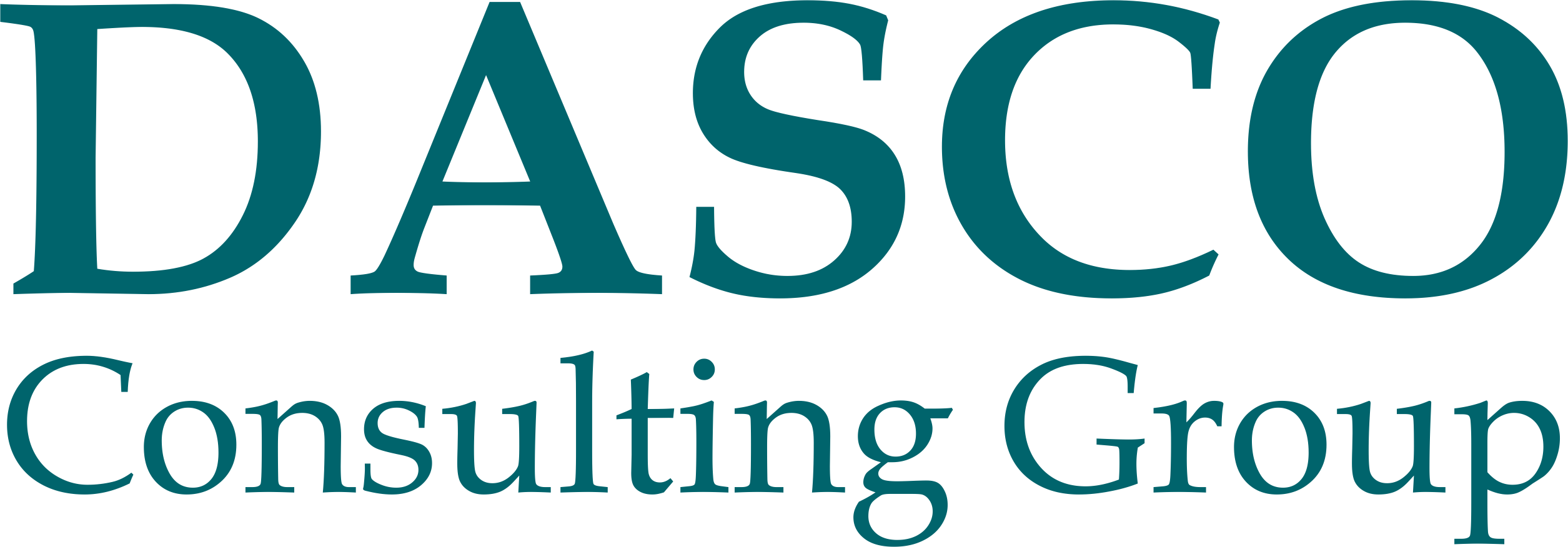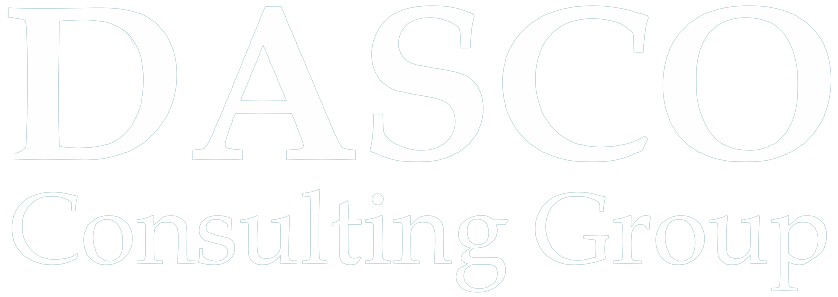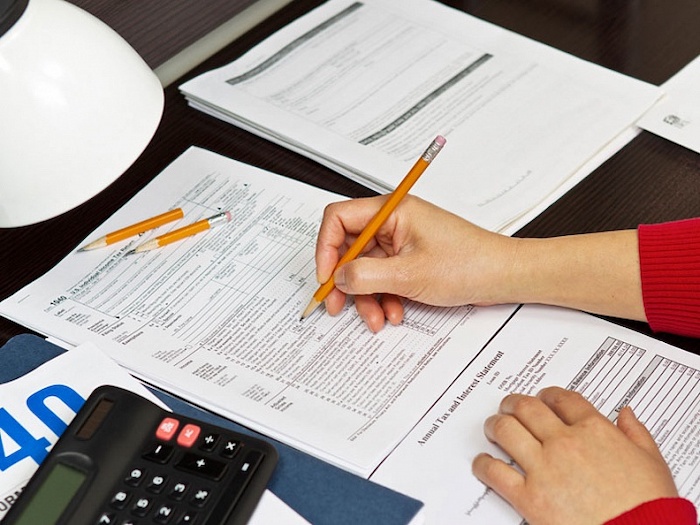Advance preparation and continuous monitoring of customs operations will save costs
In 2019, the activities of state revenue authorities were characterized by increased obligations in terms of tax and customs collections. In the sphere of customs legal relations, this resulted in numerous inspections both in the in-house mode and in the field customs inspection mode for businesses. The result of such inspections was substantial additional assessment of customs duties and taxes on imports for the five-year period of foreign economic activity of many enterprises.
«Unsustainable» additional charges are a threat to customs declarants.
With electronic declaration, when the documents on the basis of which the goods declaration is filled out are not submitted at the stage of customs clearance, the risk of identification of offences by the customs authorities increases. Since the customs authority no longer confirms the submitted goods declaration with its seal at the stage of customs clearance, as it was two years ago, the responsibility for the accuracy of the information declared rests entirely with the declarant.
Having identified the offences, the customs authority issues a notice of additional charges to the declarant and the customs authorities should apply sanctions, such as limitation of debit operations on the payer's accounts, restriction in disposal of property and others, which can paralyze the company's activities.
For many entrepreneurs, such inspections have become "unaffordable" in terms of the ability to repay the amounts of additional charges and penalties, risking their further business activities.
Along with participants in foreign economic activities, customs representatives (brokers), who have a legal joint duty to pay customs duties along with declarants and whose interests they represent in relations with customs authorities, also come under the special attention of customs authorities. At the same time, customs representatives who have received "letters of happiness" from the state revenue authorities, being in an unequal position with the declarant beforehand, have almost no chance to appeal against the issued notices of debt repayment, which was formed on the results of inspections of participants in foreign economic activity.
How to minimize the risks?
Having encountered similar cases of our clients over the past year and a half, we can state a number of problems, which, in our opinion, should be studied by businesses in order to prevent negative consequences. Preventive measures taken before the customs inspection, as well as correct actions during the inspection and when appealing its results, can minimize the risks.
Firstly, timely reaction to the actions of officials of State revenue bodies and correct rising of the issue can significantly reduce the risks of receiving and recovering the sums demanded. Specific time-limits are set for each of the customs authority’s actions to verify documents and information with regard to the declaration of goods, as well as the actions of the inspected person. This applies to the procedure for appointing and conducting an inspection, notifying the declarant of the inspection, submitting documents by the declarant at the request of the customs authority, completing the inspection and providing the declarant with the act and notification on its results, etc. Thus, both the customs authority and the declarant are obliged to comply with the relevant time limits stipulated by law for the performance of certain customs operations. At the same time, as practice shows, in cases where customs authorities violate time limits with respect to certain procedural actions, this usually does not affect their decisions.
On the contrary, if the procedural deadlines are not observed by the declarant, this is considered, in most cases, as an offence, which entails negative consequences for the declarant. For example, often offences of document submission deadline made by the declarant and information at the request of the customs authority, the deadline for filing complaints against the decisions made do not allow to further deprive the incorrectly made decisions of the state revenue authorities. Therefore, timely responses and response to procedural actions of officials are important to ensure completeness and objectivity in the consideration of a particular situation related to the additional charges of customs duties and taxes.
The second important point is the quality of preparation of documents. Properly prepared documents and information, qualitatively compiled explanation of a situation on which the check is carried out, is a significant factor for a positive outcome of the inspection in respect of the declarant. It is necessary with due responsibility to prepare the documentation and information submitted to the customs authority, comment it correctly to avoid misinterpretation by the state revenue authority, avoid providing unnecessary information or information that may give a misleading impression of the declarant's activities.
For example, at the stage of in-house customs inspection, the customs authority sends the declarant a request for documents and information regarding a specific fact of declaration of goods. The list of documents to be submitted may be quite long and include, for example, exporter's documents, which the declarant may not have. This does not mean that the failure to provide such documents is an offence. In this situation, it is necessary to properly explain why such documents are not in the declarant's possession and to provide other arguments that may clarify the question arising for the customs authority as to the correctness of the declaration.
Claims against businesses are mostly homogeneous
Analyzing the acts of inspections by customs authorities, we observe, in most cases, the homogeneity of claims made against businesses in terms of declaring previously imported goods. This is mostly related to the validity of the declared customs value, the correctness of customs value adjustments and checks on its accuracy at the stage of customs clearance.
In many cases, new requirements for additional amounts of customs payments are imposed on customs value adjustments already made as part of customs clearance, based on the recommendations of the customs authorities' risk management system, at the stage of post-clearance control. They, in the opinion of the customs authority, must be paid to the budget due to the incorrect determination of the customs value both when declared by the declarant and upon its adjustments. Thus, on the applied, as a rule, sixth (reserve) method of determining the customs value in the process of declaration, in the process of customs examination the sixth method is used repeatedly, with an increased amount for other declarations of goods considered by customs authorities on the grounds of identity and homogeneity. The same situation takes place when conducting additional checks of the customs value, initiated at the stage of the release of goods and completed after the release.
It should be noted here that such an approach of the customs authority is contradictory and inconsistent with the general principles of customs valuation adopted under Article VII of the General Agreement on Tariffs and Trade. In certain cases of such actions, the customs authorities argue that at the stage of customs clearance adjustment of the customs value was carried out with offences and not confirmed by documents. This aspect should be investigated in detail, as such claims are based on the analysis of documentation by the customs authority and specific evidence is needed to challenge it.
Another, in our opinion, incorrect approach of some customs officials when conducting inspections is the use of evidence of possible incorrect determination of customs value as a justification for the need to make additional customs payments. According to the results of a number of audits of customs value, we observe the imputation by the state revenue authorities of signs of possible inaccurate declaration to declarants. For example, the discrepancy between the price information on the goods available to the customs authority and the specific value of the goods indicated by the declarant in the declaration of goods is accepted by the customs authority as a proven fact of inaccurate declaration of customs value during customs clearance.
At the same time, in accordance with customs legislation, such signs may serve only as grounds for customs value control (inspection). Only after verification of the declared customs value by requesting documents and information, in-house or on-site customs audit, and only when the declarant fails to substantiate the declared value in the declaration, it is possible to make appropriate additional charges based on the clear, consistent application of all customs valuation methods stipulated by law.
Each situation requires specific actions
The application of customs valuation methods by customs authorities is also sometimes surprising. Contrary to the need to use a clear sequence of customs valuation methods, of which there are six according to the accepted international rules, the customs authorities often use only two. The first is based on the transaction value of the imported goods and the sixth (reserve), which can be very flexible in terms of using different sources of information about the value of the imported goods.
It should be noted that businessmen do not often use the opportunity provided to them to prepare in advance appropriate additional sources of information, which can be used as comparative values to justify the correctness of the declared customs value for imported goods. Such sources for comparison, for example, are internal company policies on determining the price of goods on the basis of adding-up methods (cost +) or subtracting methods (realization -) prepared before the control of customs value. The application of such methods is evidence of the correctness of the customs value declared by the declarant during customs clearance.
This, by no means a complete list of problematic issues arising in the framework of customs inspections, is the cause of frequent disputes regarding the correctness of the declaration and completeness of payment of customs duties between entrepreneurs and state revenue authorities.
It should be noted that it is difficult to find one recipe for eliminating such negative manifestations. Each situation requires detailed consideration and identification of specific actions.
However, we must remember that just as the theater begins with a hanger, so the correct declaration begins with a preliminary study of customs logistics, preparation of documentation and justification of the correctness of the customs value and classification, issues of non-tariff regulation, etc. Advance preparation and continuous monitoring of customs operations will minimize unreasonable and unjustified costs.
In circumstances where the customs declaration has already been completed, but the entrepreneur does not feel full confidence, an effective tool for preventing and eliminating violations is an internal customs audit in the company, which we can talk about in the following publications.


